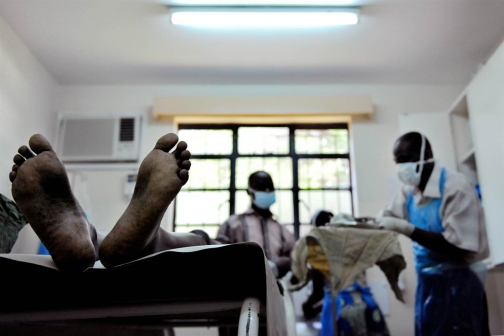
Kenya has earned the champion title in the scale-up of medical male circumcision for HIV prevention. But to keep its lead, the country needs to put a lot more skin in the game.
In the early days, the Kenyan government displayed palpable enthusiasm for the VMMC programme at the national, provincial and district levels. Community and political endorsements were obtained by the end of 2008 and the programme was ready to take-off. And it did! Kenya led 13 other African countries in rolling out VMMC and was, for years, the go-to place for lessons on well-coordinated and successful VMMC roll-out.